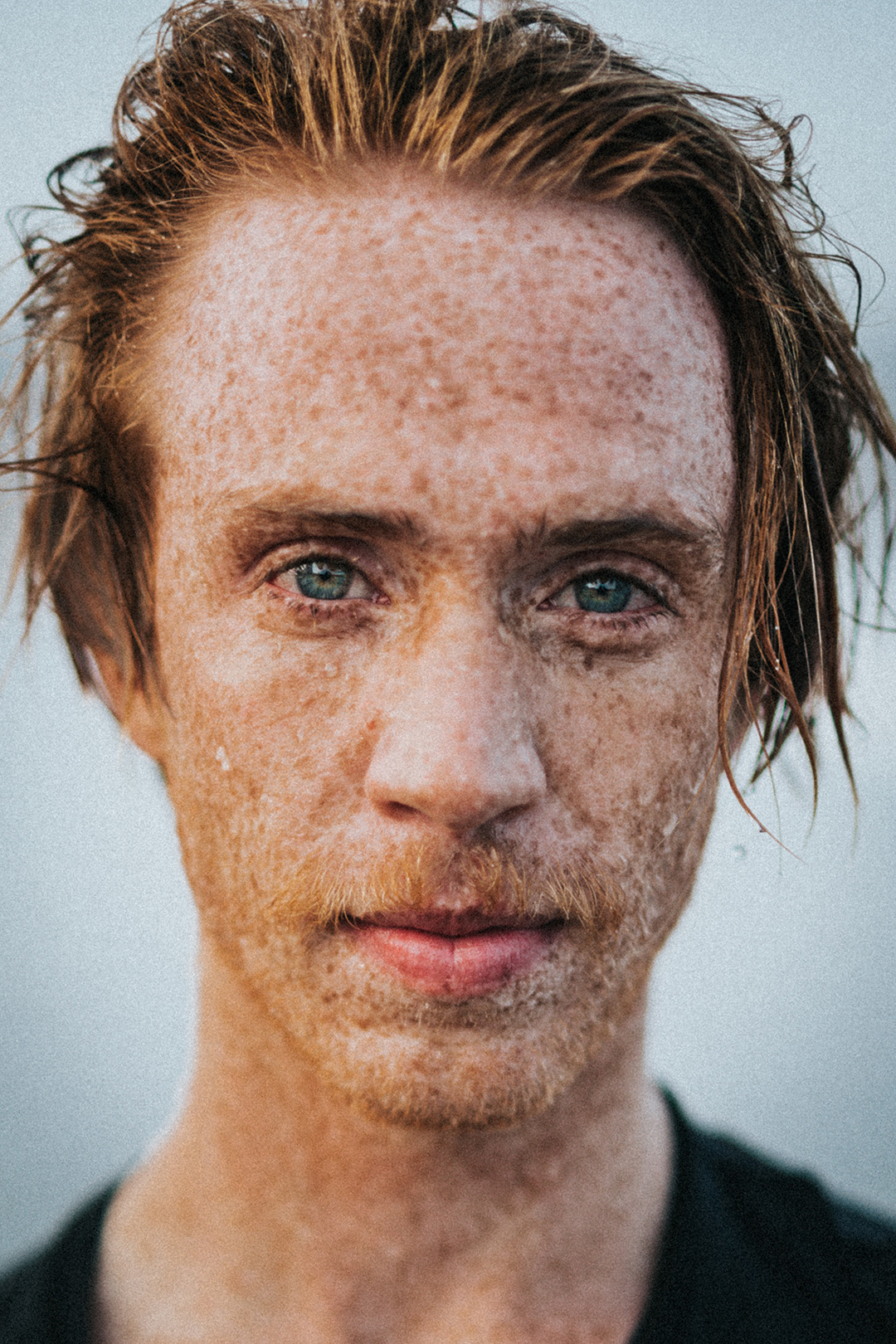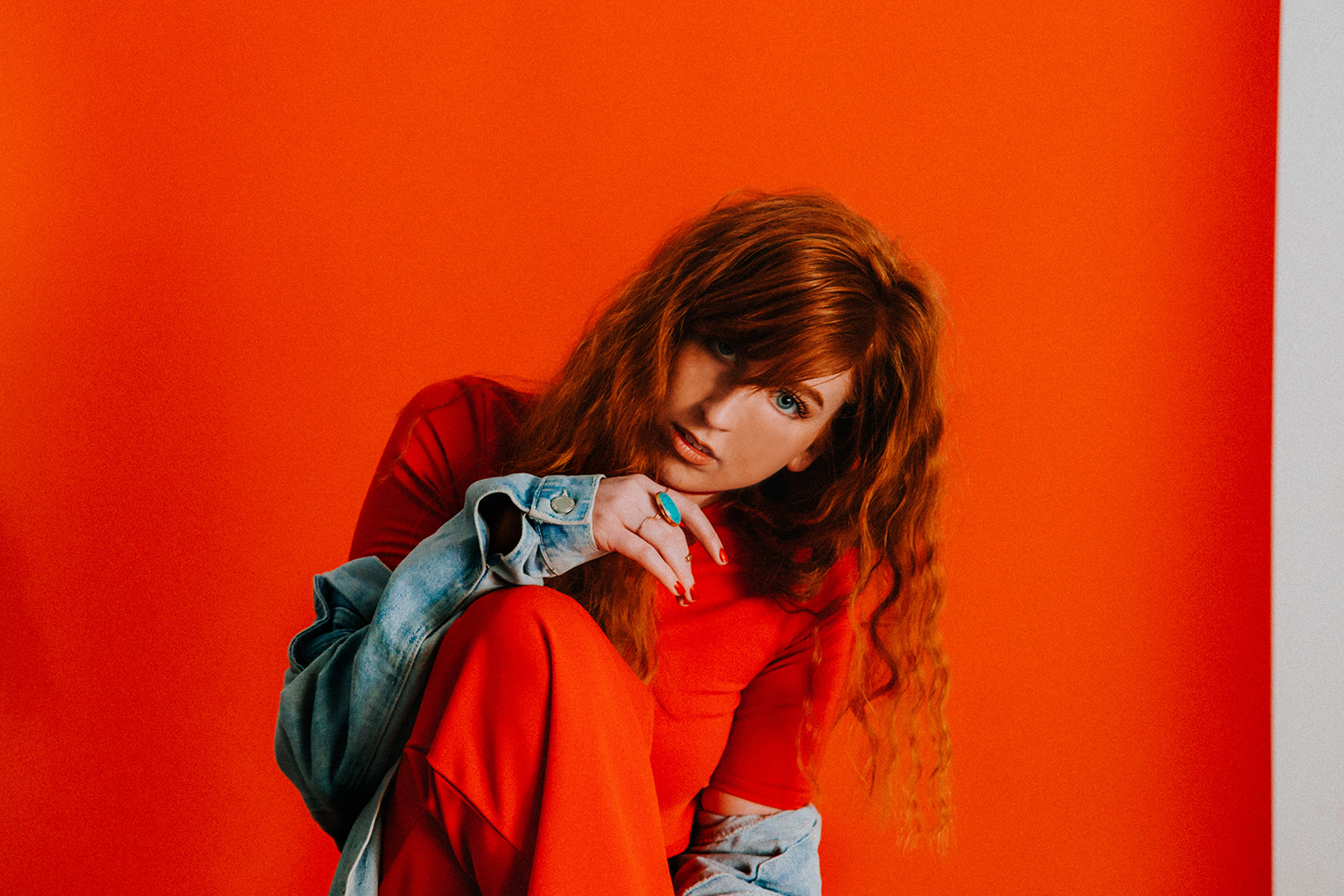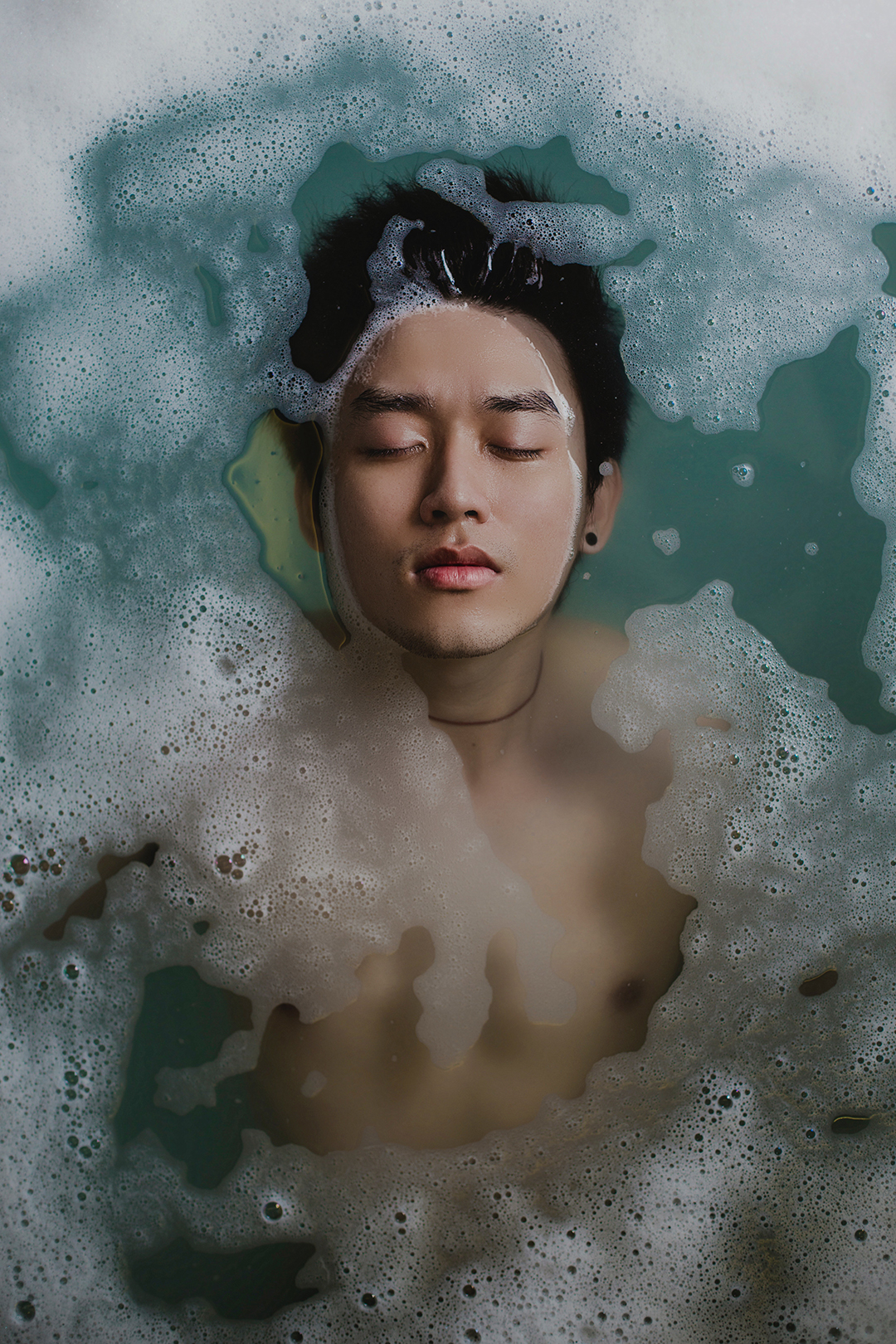Portraiture is one of the most popular genres in photography, and perhaps one of the oldest. The only limits to portraits are in the creative minds of the photographers capturing them.
From candid portraits of unknown people in the streets to large fine-art productions, portraits have one thing in common: they aim to capture the human soul in a biographical way.
It is common for everyone starting their photographic journey to become curious about portraits thanks to their generosity as a creative means of expression, but there are some common mistakes that beginners make when diving into that world. Here are the 5 mistakes beginners make in portrait photography and how to avoid them.

1. Bad Framing
Framing is the act of deciding what elements will reside within your photographs, and there are some standard approaches to doing this when photographing people. These approaches are usually called shots, and they range from inclusion of a broad range of elements, to precise attention to a specific detail in a scene.
Framing without pleasant-looking shots will make your photographs look just like an average snapshot. If you’re lucky enough to be just starting out in photography, practicing this list of shots will keep you in projects for a while.
Try to compose your portraits using the following cinematographic shots, and you'll start to see some very pleasant results:
- Full Shot: This type of shot can be used to capture the whole body of the person in your photograph.
- The American Shot: This shot frames from the head to the knees; it got its name because it was used in western movies to show the subject with their weapons.
- Medium-Long Shot: This shot frames from the head to the waist. This is often used to show human presence without the eerie effect produced by close-up portraits.
- Medium Shot: This one frames the subject from the head to the middle of the body. This shot allows us to isolate a single figure inside a frame, and subtract it from its surroundings to concentrate the viewer’s attention on it.
- Close-Up: With this type of shot, you capture a person’s facial expressions by framing almost only the subject's face.

2. Excessive Centering
Centering can work in some cases, like in close-up shots, but it shouldn't be always used. It can make your image seem flat and undynamic.
Try to compose in accordance with the rule of thirds and you'll get more interesting results. Rules are meant to be broken at some point – but before even attempting to boldly improvise, you need to master those rules. Try to off-center your subjects slightly if you find you’re seeing monotonous results in your pictures.

3. Poor Posing Direction
One of the main secrets of good portraits is the act of posing. If you have the good fortune of being able to work with a model with good acting skills, you'll get some incredible shots – and, to be honest, you won’t be doing much more than controlling the camera and the lights.
On the other hand, if you need to direct a model to achieve what you are proposing to capture, then directing skills are crucial. Practice your skills, be nice to people and above all, be professional and respectful.
There is nothing more uncomfortable for someone who is posing for the camera than a disrespectful photographer.

4. Bad Lens Choice
Photography wouldn't be as beautiful as it is if it wasn't for the way lenses render reality. Some lenses are extremely popular among portrait photographers, but if you’re just setting out on this rocky yet splendid road, it’s highly likely you'll have some optical limitations when making your photographs.
Wide-angle lenses (anything below 50mm) are meant for capturing scenes in a broader way than our regular vision. The smaller the focal length (measured in millimeters), the wider the visual spectrum you can get. These sorts of lenses are not recommended for portraiture because they distort reality; when shooting at close range, the results can be very funny.
Telephoto lenses (anything above 50mm), on the other hand, are designed to capture narrower portions of a scene. Even when a 50mm should work just fine, consider trying (if you can, rent one before just buying it, please) an 85mm lens. This is the most popular focal length among portrait photographers, not just because of the beautiful way it represents reality, but also because of its fast aperture.

5. Focus
Nothing is more frustrating than capturing a beautiful photograph that looks awesome on our camera's LCD screen, only to find out later that it was out of focus. This is a common occurrence when you’re in a rush. Try to keep things calm, and always make sure that your portraits are precisely focused. Since you’ll be doing this under controlled situations, you can also try manual focusing. You'll be amazed at your focusing skills.
Also important to know is that when you work with fast lenses (like f/1.8 ~ f/1.2) in a close-up portrait, the area of focus will become so narrow that you might get a nose tip in extreme focus, but the cheeks and eyes will show some blurriness. This could be the effect you want; but either way, it’s important for you to know how these fast – and expensive – lenses work.
If you are looking to take your portrait photography to the next level, take a look at The Art Of Portrait Photography from Photzy.
Every photographer should keep in mind that practice will make your photography better. This is a beautiful discipline that invites us to never stop learning – and that should make you feel calm because there’s no need to rush. If you truly love photography, your skills will slowly develop throughout your whole life. But constant practice is key to healthy growth.






